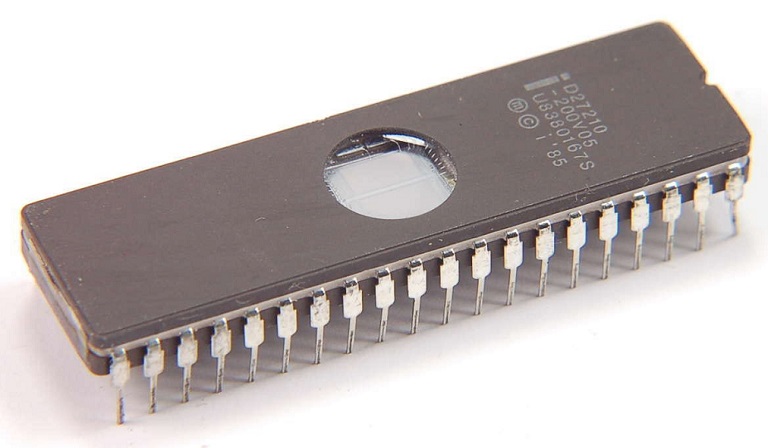- RAM Stands for Random-access Memory. It is a read and write memory.
- RAM is a volatile memory and It is faster.
- It stores all the applications and data when the computer is up and running.
- Price of RAM is comparatively high.
- RAM chips are bigger in size.
- RAM is often installed with large storage.
- SRAM : Static random access memory uses multiple transistors, typically four to six, for each memory cell but doesn't have a capacitor in each cell. It is used primarily for cache. SRAM is way faster than DRAM, but costlier.
- DRAM : Dynamic random access memory has memory cells with a paired transistor and capacitor requiring constant refreshing.
ROM :
- ROM Stands for Read-only memory. It is read only memory and it can not be overwritten. However, EPROMs can be reprogrammed.
- ROM is relatively slower than RAM.
- It is permanent memory. Data in ROM will stay as it is even if we remove the power-supply.
- ROM chips are comparatively cheaper.
- ROM chips are smaller in size.
- Storage capacity of ROM installed in a computer is much lesser than RAM.
Types of Rom :
- PROM (Programmable Read-only Memory) : The data is written after the memory chip has been created. It is non-volatile.
- EPROM (Erasable Programmable Read-only Memory) : The data on this non-volatile memory chip can be erased by exposing it to high-intensity UV light.




